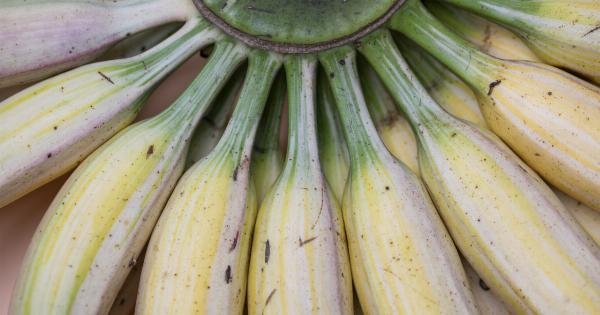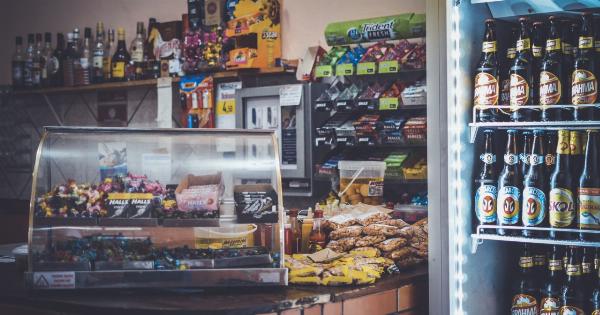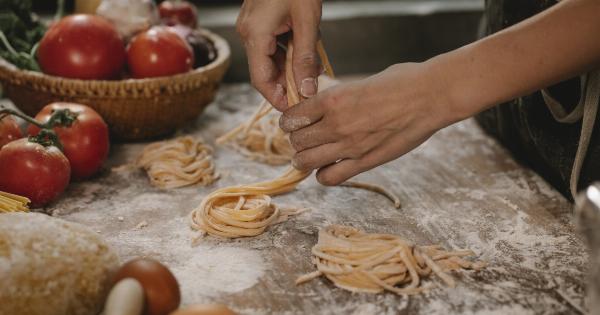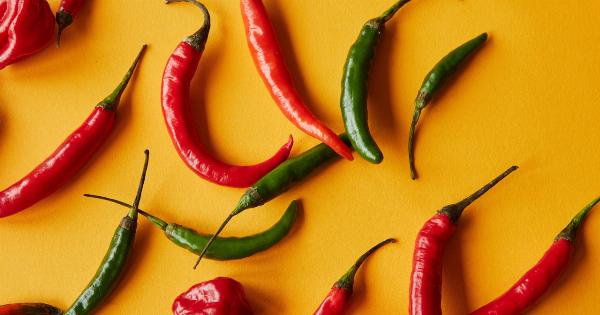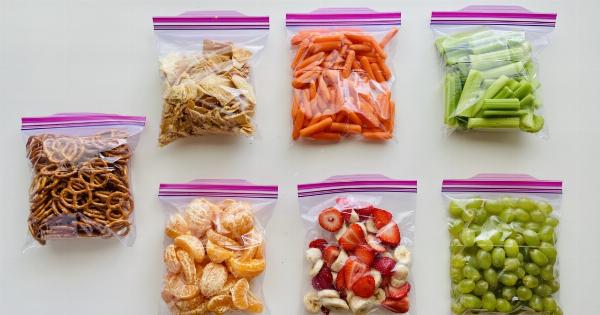One of the biggest challenges in maintaining a healthy diet is keeping your produce fresh for as long as possible.
Fruits and vegetables are essential sources of vitamins, minerals, and fiber, but they can quickly lose their nutritional value if not stored properly.
Understanding the Science Behind Spoilage
Before diving into the tips and tricks to extend the shelf life of your produce, it’s essential to understand why fruits and vegetables spoil in the first place.
As living organisms, fresh produce undergoes biological processes such as respiration, ripening, and microbial growth, which can lead to decay.
Proper Storage Techniques
1. Keep Fruits and Vegetables Separate.
It’s crucial to store fruits and vegetables separately, as certain fruits emit ethylene gas that can accelerate the ripening process of vegetables, causing them to spoil faster.
Always store fruits and vegetables in different compartments or containers.
2. Utilize Refrigeration.
Refrigerating your produce is one of the most effective ways to extend its freshness. However, not all fruits and vegetables should be stored in the refrigerator.
While most leafy greens, berries, and delicate fruits benefit from refrigeration, others, such as potatoes, onions, and tomatoes, should be kept in a cool, dark pantry.
3. Optimal Humidity Levels.
Some fruits and vegetables require specific humidity levels to maintain their freshness. For example, leafy greens prefer high humidity, while berries thrive in low humidity environments.
Invest in a refrigerator with adjustable humidity settings or use storage containers designed to regulate humidity.
The Importance of Handling and Preparation
1. Wash Before Storage.
While it may be tempting to wash your produce immediately after purchasing, it’s best to wash them just before consumption. Moisture can accelerate spoilage, so it’s important to keep your produce dry until you’re ready to use them.
2. Cut and Prep as Needed.
Chopped or sliced fruits and vegetables tend to spoil faster due to increased exposure to air and moisture. To prolong their freshness, only cut or prep your produce as needed.
Consider investing in smaller containers or reusable bags to store pre-cut fruits and vegetables.
Preservation Techniques
1. Freezing.
Freezing is an excellent method to preserve produce for longer periods. However, not all fruits and vegetables freeze well.
Some fruits, like berries and bananas, freeze beautifully, while others, such as lettuce and cucumbers, do not retain their texture after thawing.
2. Canning.
Canning is a popular preservation method that allows you to enjoy your favorite produce all year round. It involves packing fruits or vegetables in jars and heat-processing them to kill bacteria and other microorganisms.
Canned produce can last for several months or even years if stored in a cool, dark place.
Common Myths About Produce Freshness
1. Storing Produce at Room Temperature.
Contrary to popular belief, not all fruits and vegetables should be stored at room temperature. While some varieties like apples and bananas can be kept on the counter, most produce should be refrigerated for prolonged freshness.
2. Washing Produce Immediately.
As mentioned earlier, washing produce immediately after purchase can actually decrease its shelf life. It’s best to wash fruits and vegetables just before consuming them to avoid moisture build-up and potential spoilage.
Conclusion
By following the proper storage techniques, handling and preparation methods, and preservation techniques outlined in this ultimate guide, you can significantly extend the freshness of your produce.
Not only will this save you money by reducing waste, but it will also ensure that you get the maximum nutritional value from your fruits and vegetables.






